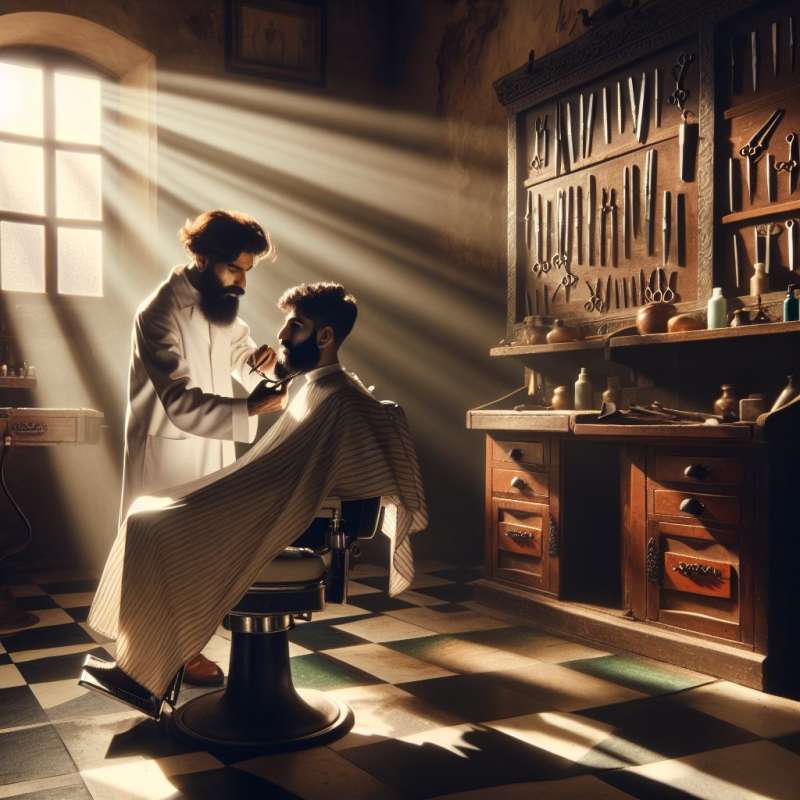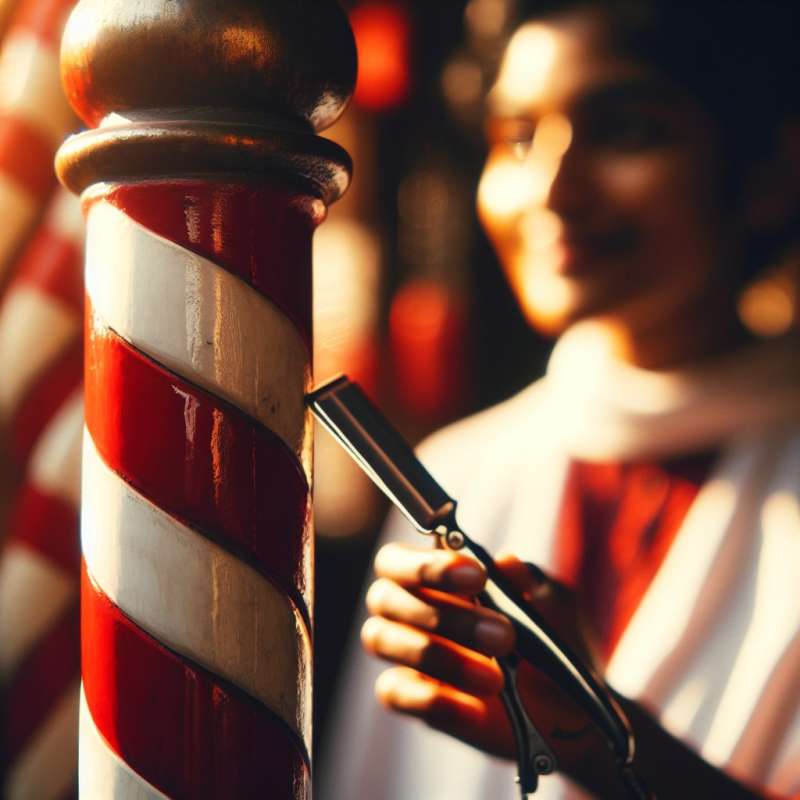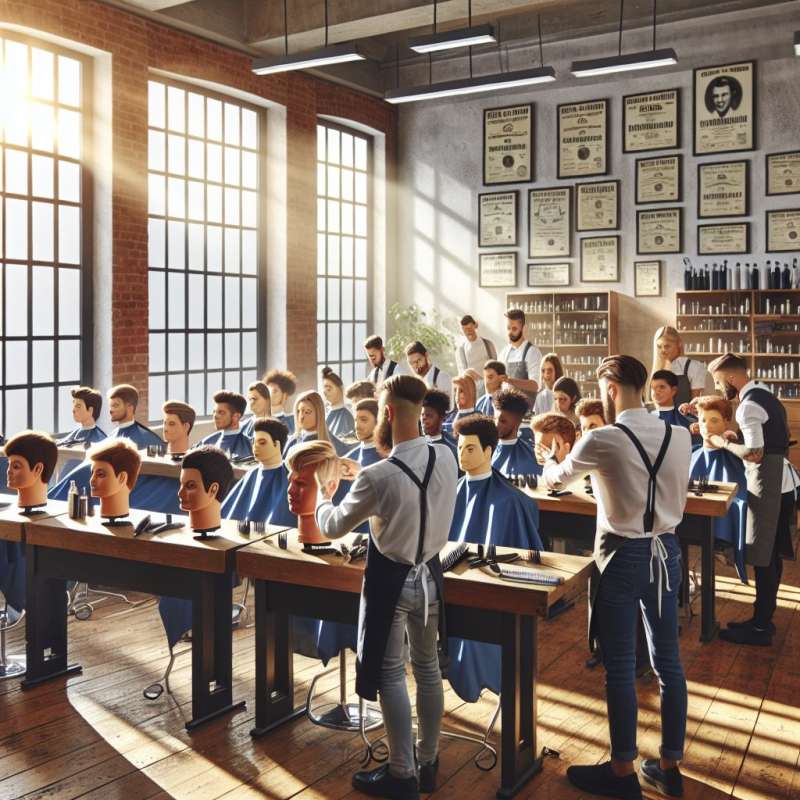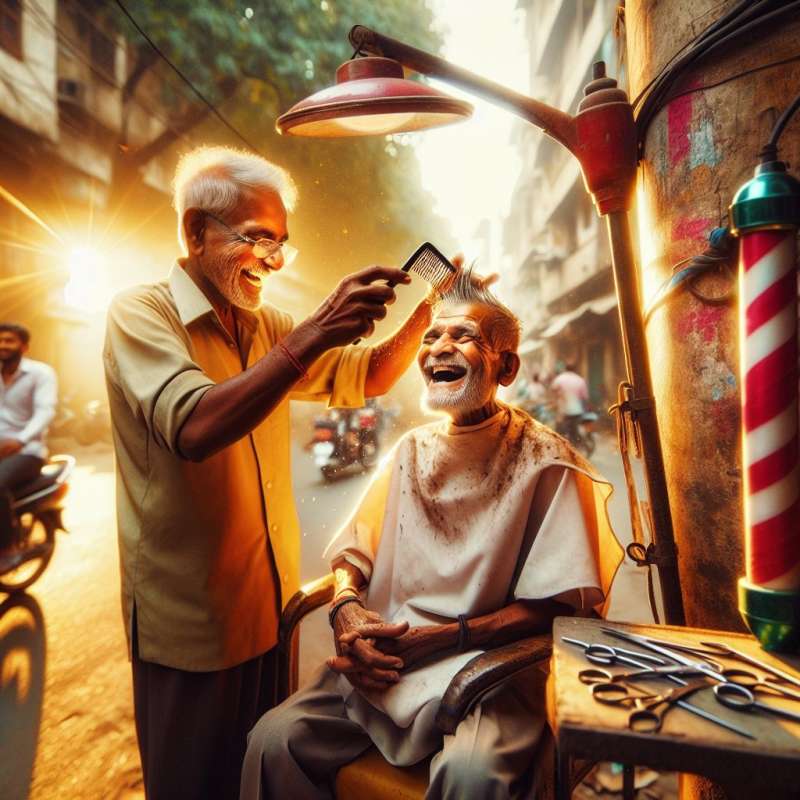
Barber Origins and Evolution
The term 'barber' comes from 'barba,' Latin for beard. Initially, barbering involved beard grooming, hair cutting, and dental work. Over time, barbers specialized, leading to today's focus on hair and beard care.
Barbers: Surgeons and Dentists
In medieval Europe, barbers performed surgeries and dental procedures, known as barber-surgeons. They used tools like razors and lancets, combining healthcare with grooming until the professions split in the 19th century.
Barbershops as Social Hubs
Historically, barbershops served as communal spaces where men socialized, debated, and exchanged news. In the African-American community, they have been pivotal in shaping cultural and political discourse.
The Barber's Pole Significance
The iconic barber's pole symbolizes their surgeon past. Red represents blood, white signifies bandages, and the pole itself resembles a staff that patients gripped to encourage blood flow.
Barber Education and Licensing
Becoming a barber requires specialized training at barber schools, covering techniques, hygiene, and sometimes, skin care. After training, barbers must pass exams to obtain a license, ensuring professional standards.
Global Barbering Traditions
Barbering varies worldwide, reflecting cultural practices. In India, roadside barbers offer quick services, while in Turkey, an elaborate ritual involving fire to singe ear hairs is popular.
Innovations in Barbering Tools
Barbering tools have evolved from basic razors to sophisticated electric clippers and trimmers. Innovations like vacuum clippers that collect hair trimmings highlight the industry's ongoing modernization.
What is 'barba' the Latin word for?
Haircutting profession
Beard
Barbershop
Company